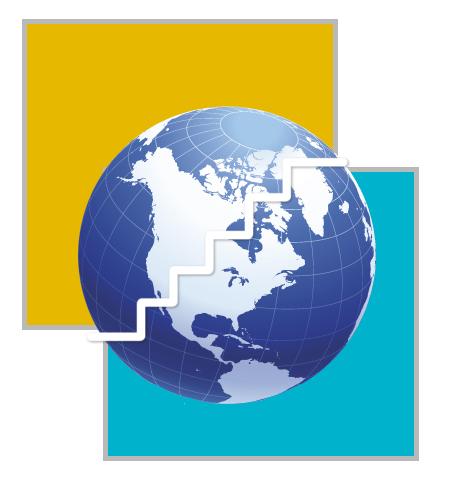MEDIA
Statistics suggest that India and Pakistan need to take an urgent look at their poor
A comparative study on the cost of conflict between India and Pakistan prepared by the Strategic Foresight Group for the International Centre for Peace Initiatives (ICPI) brings home some disturbing facts even as large percentage of populations in both states remain mired in abject poverty.
According to the ICPI study, Pakistan�€™s defence budget since 2000 has been almost 3.9 percent of its GDP, while India�€™s defence spending has averaged around 2.7 of its GDP. India�€™s social sector development budget has been around 6 percent, while Pakistan�€™s spending in the same head has barely averaged 4 percent of its GDP. The result: India and Pakistan rank 127 and 144, respectively on the Human Development Index (HDI).
These statistics are corroborated by reports put out by the Asian Development Bank and a few other international organisations. Both India and Pakistan stand among the 15 major military spenders of the world. This is ironic, especially for Pakistan, considering that over 50 million Pakistanis live on or below the poverty line.
The ICPI study has also brought out some interesting but disturbing figures on the Siachin and Kargil conflicts and Indo-Pak tensions in the aftermath of the December 13, 2001 attack on the Indian parliament.
In the period 2002-3, India was spending over Rs14 billion every year on its Siachin venture, compared to Pakistan�€™s Rs4.5 billion. In Kargil, Pakistan officially lost 270 soldiers (the US State Department put the casualties at roughly 700), with most of them taking place during the post-July 4 Washington declaration withdrawal of Northern Light Infantry.
The study also states that the December 2001-October 2002 standoff consumed a total of US$3 billion (1.8 billion for India and 1.2 for Pakistan). While India�€™s spending (cost) amounted to 0.38 percent of its GDP, Pakistan�€™s cost was a whopping 1.79 percent of its GDP.
Pakistan lost US$3 million per month after the closure of the Indian airspace while India�€™s monthly losses ran as high as US$4.3 million, until the resumption of air links in summer 2004.
These statistics translated into real, on-the-ground situation means large populations in the two countries have been badly impacted by misplaced priorities. Pakistan�€™s official defence budget of US$2.8 billion (excluding the over US$500 million worth of pensions that are now part of the government expenditure under a different head) is astronomical compared to the annual collective allocation of less than US$300 million for the health and education sectors.
According to the recent assistance bill, the US Congress has approved an annual assistance to Pakistan of US$710 million every year until 2009. Analysts predict that the year could also bring US largesse towards Pakistan to an end. The year 2008 will see the back of George Bush, even if not the Republicans and it is difficult to see how much more the US will be willing to do for Pakistan in terms of financial and military assistance and debt rescheduling.
By 2008, pressure from the World Trade Organisation and South Asian Free Trade Association regimes would have reached massive proportions and China and India, thanks to their production and intellectual capacity, would be the top two countries in the region.
The biggest question arising out of this scenario is whether Pakistan is seriously considering those structural reforms and review of priorities essential for it to grapple with the challenges that lie ahead. Most Islamabad-based diplomats think the country lacks the pro-active thinking required to pick up the gauntlet.
Little investment in human resource development, a questionable façade of democracy that draws strength from the military rather than the civilians, and a fragile law and order situation compounded by the war on terror are factors that only add to the uncertainty.
�€œIt is important for Pakistan to give incentives to the private sector,�€ the ambassador of one of the G-7 countries told TFT. He called the period up to 2008 �€œthe breathing space�€, the only time Pakistan has to get its act together. �€œUnless policymakers engage in serious practical thinking and quick implementation of strategies, this advantage will pass off without tangible benefits for the majority of the population,�€ he said.
It is no doubt then that observers are pessimistic about the future. However, they have a solution: rather than playing games with domestic opposition and external allies, Pakistan needs an aggressive pro-active progressive strategy to cope with future challenges.
�€œThis strategy must focus on forging a working relationship with India rather than basing policies on the presumption that India is an eternal enemy not amenable to the idea of a friendly Pakistan,�€ said an analyst. �€œRather than formulating futile reactionary responses on issues like the Indian desire for a UN Security Council permanent seat, Islamabad and the establishment needs to invent ways that would push forward a mutually beneficial co-existence.�€





